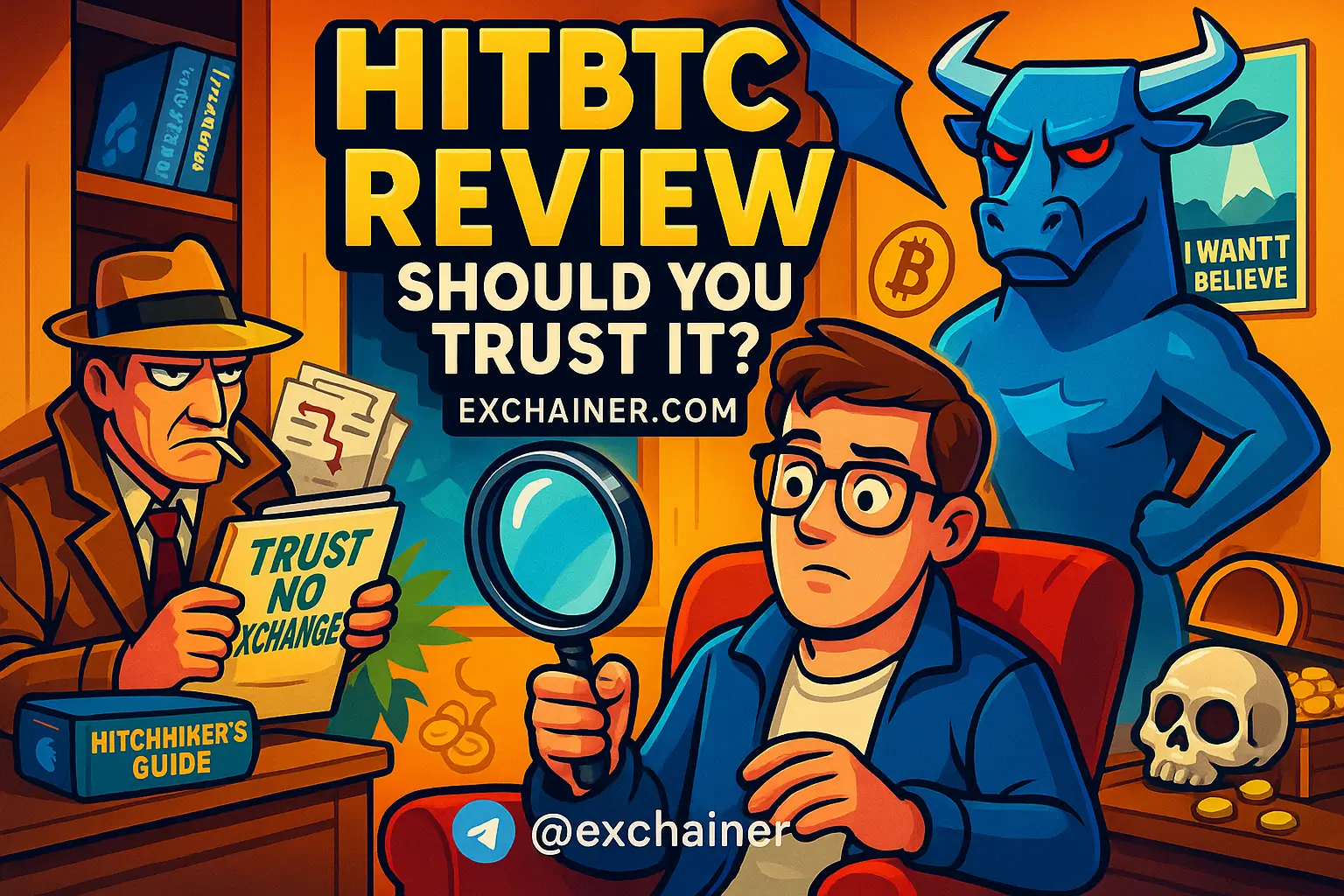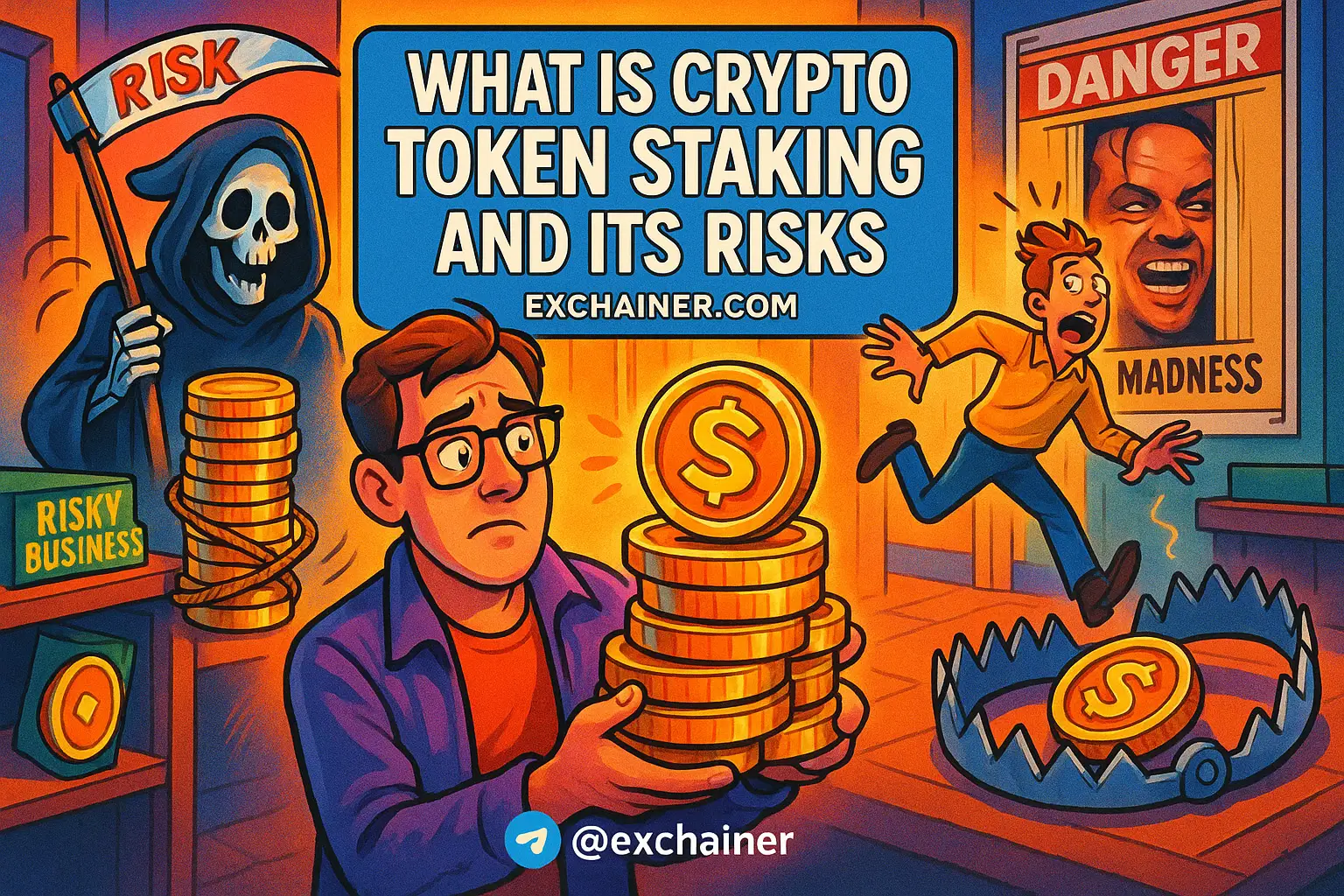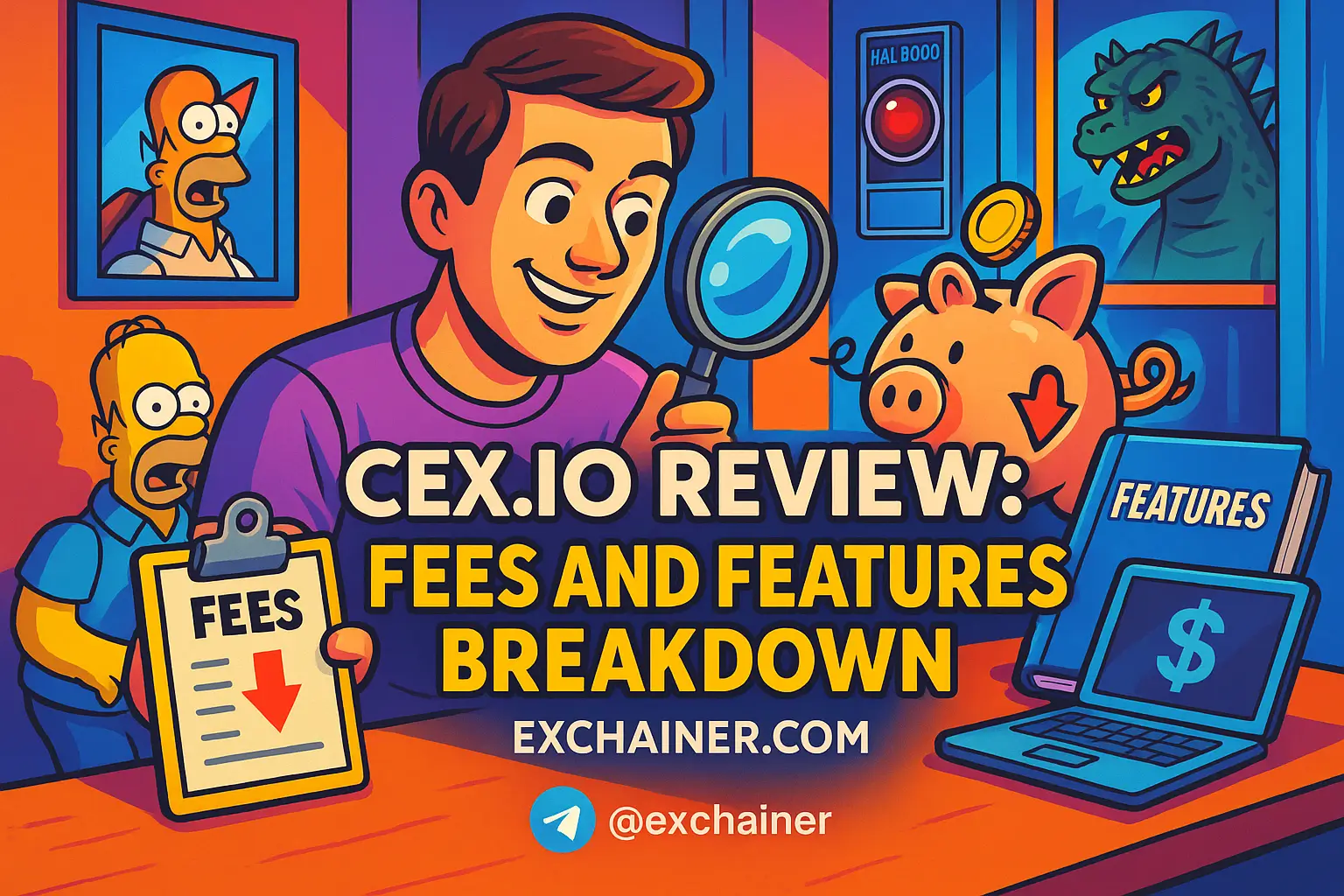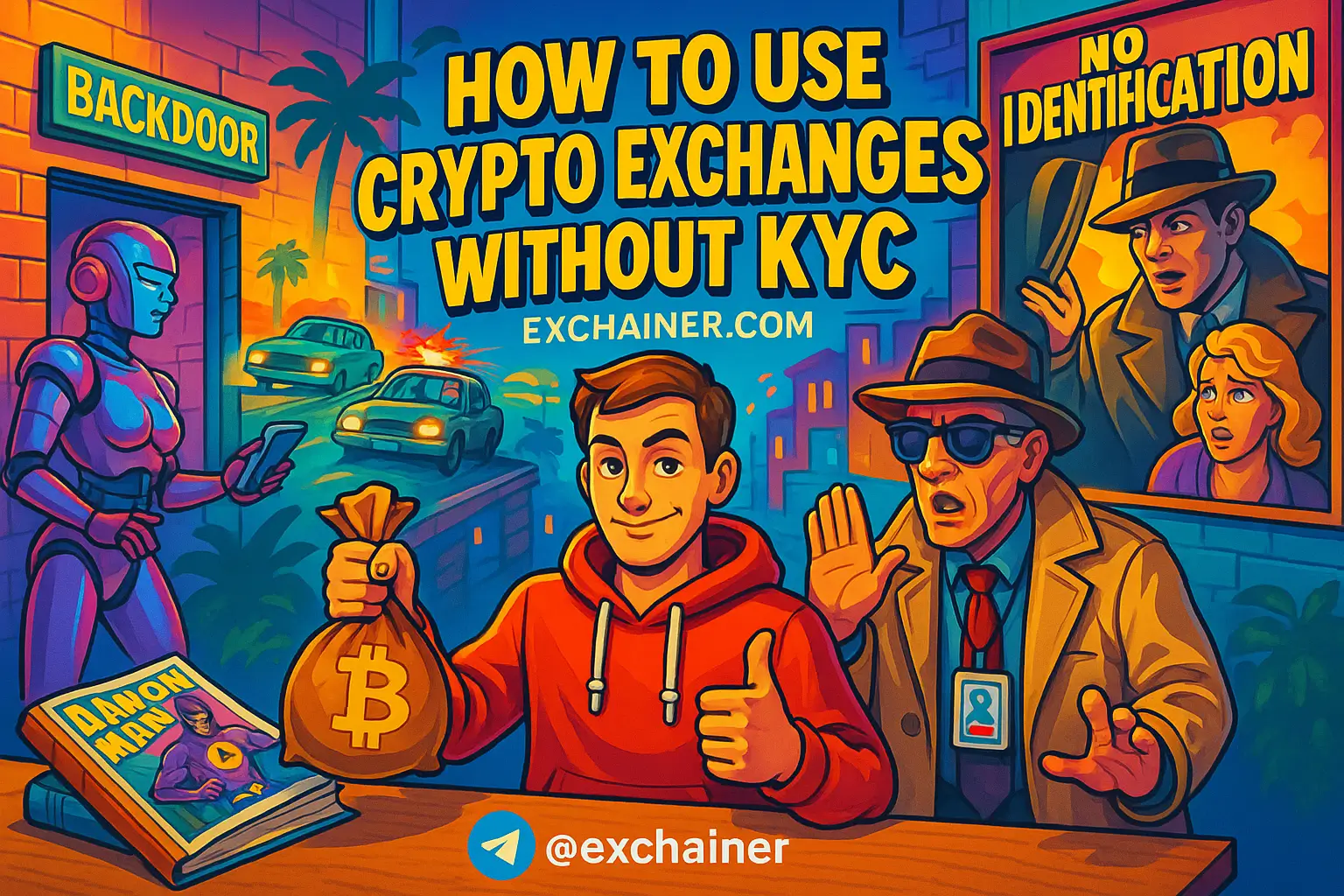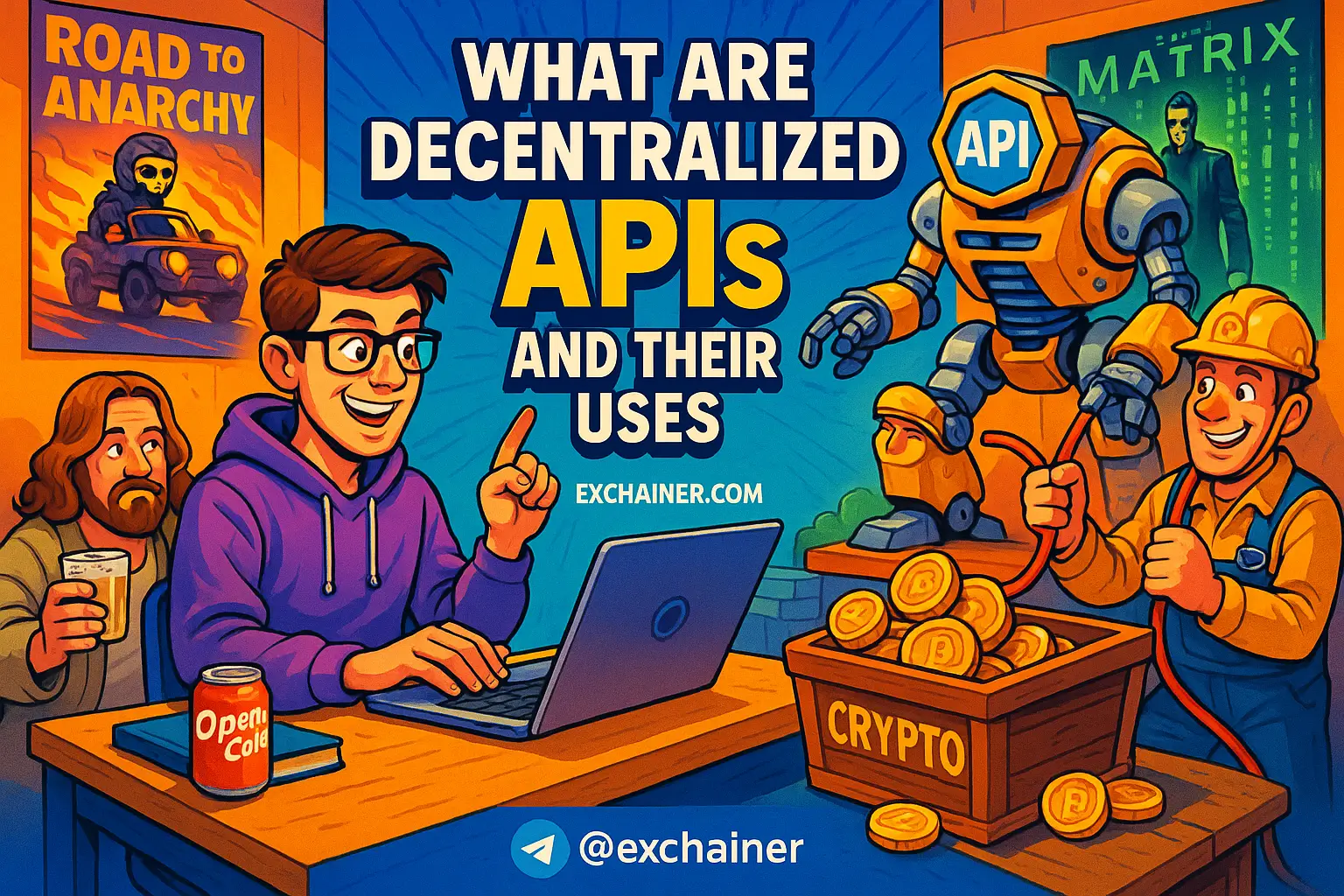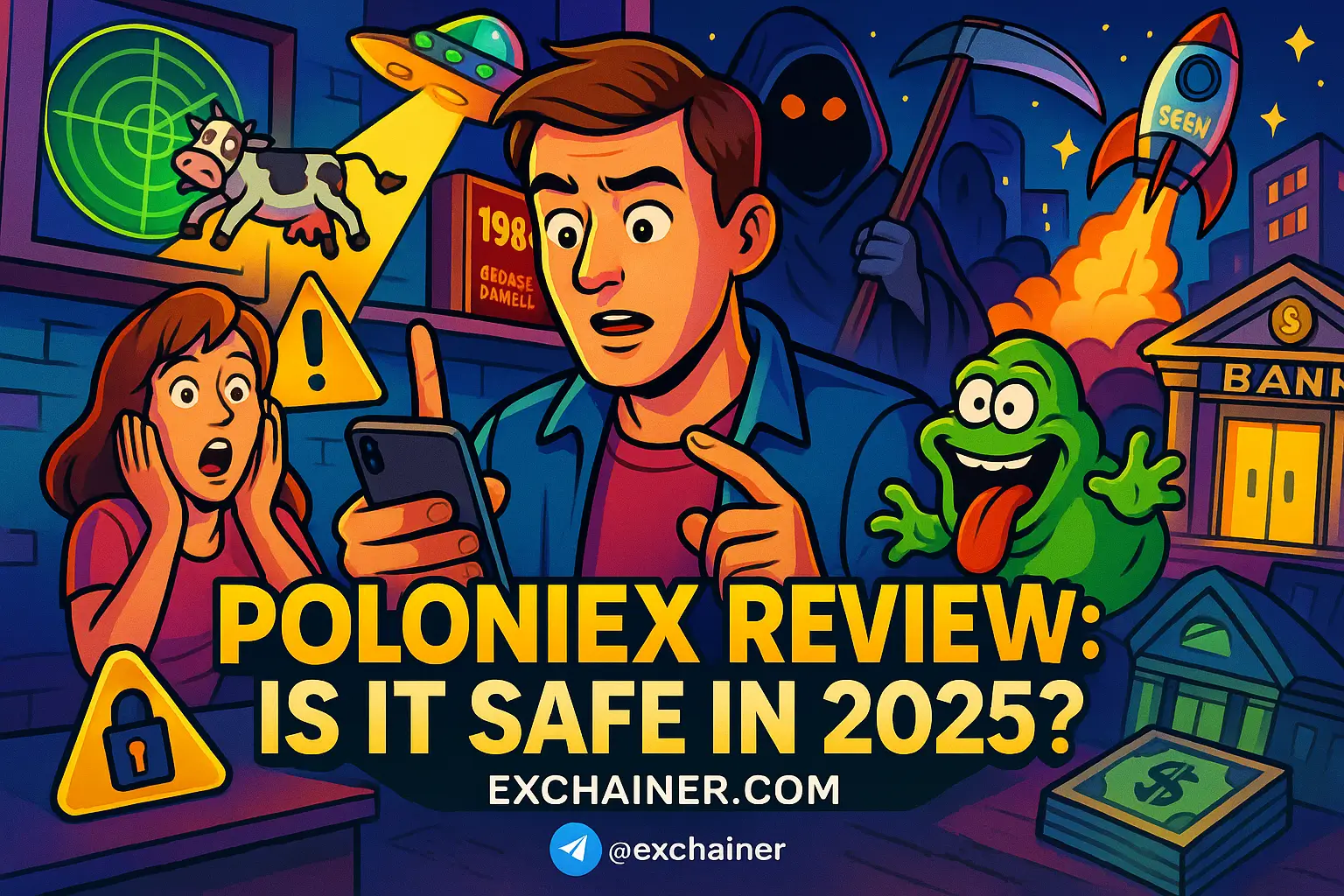In the world of cryptocurrency, understanding the significance of gas fees is essential for both beginners and seasoned users alike. Gas fees, often seen as a hindrance in blockchain transactions, can actually dictate whether your trades and actions are timely or delayed. They serve as a crucial aspect of the entire process, affecting everything from your trading strategy to your overall investment outcomes. If you're wondering what gas fees are and how you can optimize them to save money and time, you've come to the right place. In this article, we'll explore gas fees in detail, discuss their importance, and offer practical tips for optimization, helping you make the most of your crypto transactions.
As a cryptocurrency enthusiast, it’s vital to know that gas fees are not fixed; they can vary significantly due to numerous factors, including network congestion, the complexity of transactions, and the specific blockchain being used. By better understanding these fees and learning strategies to optimize them, you can enhance your trading experience and avoid unnecessary costs. So, keep reading, and let’s dive into the fascinating world of gas fees and how to manage them effectively.
What Are Gas Fees?
Gas fees refer to the transaction fees that users pay to miners or validators for processing transactions on blockchain networks, primarily on Ethereum. When you execute a transaction, you need to pay gas fees to incentivize miners to include your transaction in the next block. Think of gas fees as a toll you pay for using the blockchain highway. The cost of this toll can fluctuate based on a variety of factors.
Understanding Gas Price vs. Gas Limit
To further clarify gas fees, let’s break them down into two components: gas price and gas limit.
-
Gas Price: This is the amount you are willing to pay per unit of gas, typically measured in gwei (a subunit of Ether). Users can set their gas price based on how quickly they want their transactions to be processed. If the gas price is low and traffic is high, your transaction might take longer to confirm.
-
Gas Limit: This is the maximum amount of gas you are willing to spend on a transaction. If executing the transaction costs less than the gas limit, the remaining gas is refunded. However, if the gas limit is set too low for a complex transaction, it may fail, and you’ll end up losing the gas fees used for that attempt.
Understanding these components is key to making informed choices about your transactions and their associated costs.
Why Do Gas Fees Vary?
Gas fees can fluctuate significantly due to several factors:
- Network Congestion: During peak times when many users are conducting transactions, gas prices tend to rise sharply. For instance, during a popular NFT drop or a significant DeFi event, gas prices can skyrocket.
- Complexity of Transactions: A simple transaction, like sending Ether from one wallet to another, will cost less compared to more complex transactions like smart contract interactions or multi-signature transactions.
- Changes in Blockchain Protocols: Blockchain networks often undergo upgrades that can affect gas fees. For example, Ethereum’s transitions towards Ethereum 2.0 and the implementation of EIP-1559 have changed how gas fees are structured.
By staying informed about these factors, you can strategize your transactions better and save on unnecessary fees.
How to Optimize Gas Fees
Now that we’ve laid the groundwork, let’s delve into practical tips on optimizing gas fees, ensuring that you maximize your investments while minimizing unnecessary costs.
1. Time Your Transactions Wisely
One of the simplest ways to avoid excessive gas fees is to monitor the network’s traffic and time your transactions. You can often find tools, such as gas trackers, that provide real-time information on current gas prices. Remember, if you’re looking to complete a transaction during a period of high activity (like during major network events), expect to pay more. On the other hand, executing transactions during off-peak hours can save you money.
2. Set an Appropriate Gas Price
Using cryptocurrency wallets with adjustable gas settings, you can set a gas price that you deem acceptable. If you set it too low, your transaction may remain unprocessed for a long time; setting it too high can lead to overpayment. Aim for a middle ground based on current network conditions.
3. Use Layer 2 Solutions
Many Layer 2 scaling solutions, such as Polygon or Optimistic Rollups, help users execute transactions with significantly lower gas fees compared to on-chain transactions. These solutions process transactions off the main Ethereum chain, allowing for faster processing and reduced costs. If you engage frequently with Ethereum-based projects, consider using these Layer 2 solutions for your transactions.
4. Batch Transactions
If you have multiple transactions to perform, consider batching them into a single transaction. This can significantly reduce the total gas fees incurred since each transaction typically incurs a separate fee.
5. Utilize Gas Fee Aggregators
Platforms that aggregate gas fee data can help you find the best rates available. These services analyze different exchanges and networks to provide optimal fee settings. By utilizing these aggregators, you can stay one step ahead and save on gas fees.
In Conclusion
In conclusion, understanding gas fees is fundamental for anyone involved in cryptocurrency trading. By grasping their components and variations, you're better equipped to make informed decisions that can save you money and improve your trading efficiency. Remember to time your transactions wisely, set realistic gas prices, consider Layer 2 solutions, batch your transactions, and utilize gas fee aggregators for optimal results.
The world of cryptocurrency continues to evolve, and by staying educated on topics like gas fees, you can position yourself for success in this exciting landscape. Ready to dive deeper into the world of cryptocurrency? Explore more guides on Exchainer.com or check out our Exchange Reviews and Tools and Wallets. Start your crypto journey today!





